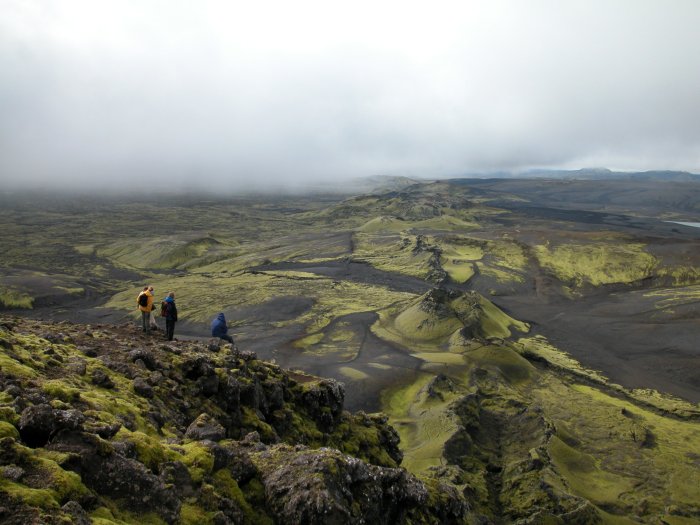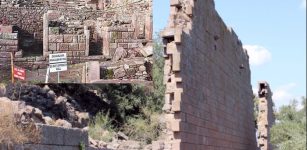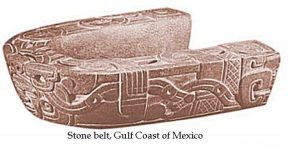Massive Eruption Of Iceland’s Laki Volcano Triggered An Unusually Cold Winter In 1783-84
Conny Waters - AncientPages.com - In 1783-1784, Europe experienced an unusually cold winter. Today, scientists know the cause behind the climate change was an enormous eight-month eruption of Iceland’s Laki volcano.
The eruption injected about six times as much sulfur dioxide into the upper atmosphere as the 1883 Krakatoa or 1991 Pinatubo eruptions.
The eruption coincided also with unusual weather across Europe. The summer was unusually warm with July temperatures more than 5 degrees Fahrenheit above the norm, leading to societal disruption and failed harvests. The 1783-84 European winter was up to 5 degrees colder than average.
Instead of causing an extreme summer heat wave in Europe, the continent suffered a harsh winter.
"It turned out, to our surprise, that the warm summer was not caused by the eruption Alan Robock, a Distinguished Professor in the Department of Environmental Sciences at Rutgers University-New Brunswick said in a press statement. "Instead, it was just natural variability in the climate system. It would have been even warmer without the eruption. The cold winter would be expected after such an eruption."
The warm 1783 summer stemmed from unusually high pressure over Northern Europe that caused cold polar air to bypass the region, the study says. After the eruption, precipitation in Africa and Asia dropped substantially, causing widespread drought and famine. The eruption also increased the chances of El Niño, featuring unusually warm water in the tropical Pacific Ocean, in the next winter.
See also:
What Caused The Year Without A Summer In 1816?
Before Ragnarok: Horrifying Fimbulwinter In Norse Mythology Was Based On Real Events
El Volcán: Mysterious Volcano-Shaped Pyramid With Never Revealed Secrets In Peru
The eruption spawned a sulfuric aerosol cloud -- called the "Laki haze" -- that lingered over most of the Northern Hemisphere in 1783. Reports from across Europe included lower visibility and the smell of sulfur or hydrogen sulfide. The air pollution was linked to reports of headaches, respiratory issues and asthma attacks, along with acid rain damage to trees and crops, the study notes.
More than 60 percent of Iceland's livestock died within a year, and about 20 percent of the people died in a famine. Reports of increased death rates and/or respiratory disorders crisscrossed Europe.
"Understanding the causes of these climate anomalies is important not only for historical purposes, but also for understanding and predicting possible climate responses to future high-latitude volcanic eruptions," Robock said. "Our work tells us that even with a large eruption like Laki, it will be impossible to predict very local climate impacts because of the chaotic nature of the atmosphere."
Written by Conny Waters – AncientPages.com Staff Writer





















